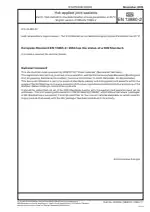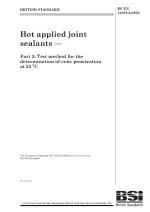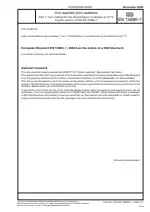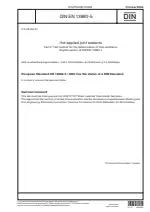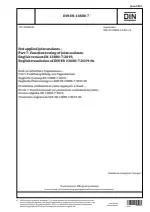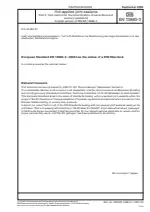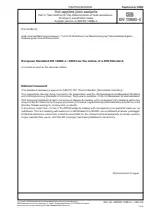Hot Applied Joint Sealants - Part 2: Test Method for the Determination of Cone Penetration at 25 °C
Also Known As:
The DIN EN 13880-2 standard provides a methodology for measuring the cone penetration of hot applied joint sealants. The test is conducted using a standard penetrometer equipped with a suitable cone. This standard is applicable in conjunction with prEN 14188-1, which specifies the requirement to record both initial and immersed penetration values.
The purpose of this test method is to evaluate the consistency and softness of hot applied joint sealants at a specified temperature of 25 °C. It involves determining the depth of penetration of a cone into the sealant under specified loading conditions. The cone penetration values obtained from this test method are used as performance indicators for the sealant material.
By establishing a standardized test procedure, the DIN EN 13880-2 standard ensures uniformity and reliability in measuring the cone penetration of hot applied joint sealants. This enables manufacturers, contractors, and other stakeholders to compare and assess the quality and consistency of different sealant products. Ultimately, the standard contributes to the overall performance and durability of joint sealants in various construction and infrastructure applications.
| Descriptors | Cone penetration, Construction, Construction materials, Definitions, Joint filling, Joint sealings, Penetration depths, Road construction, Testing, Testing conditions |
| ICS Codes | 93.080.20 - Road construction materials |
| Language(s) | English |
| File Size | 542.7 KB |

